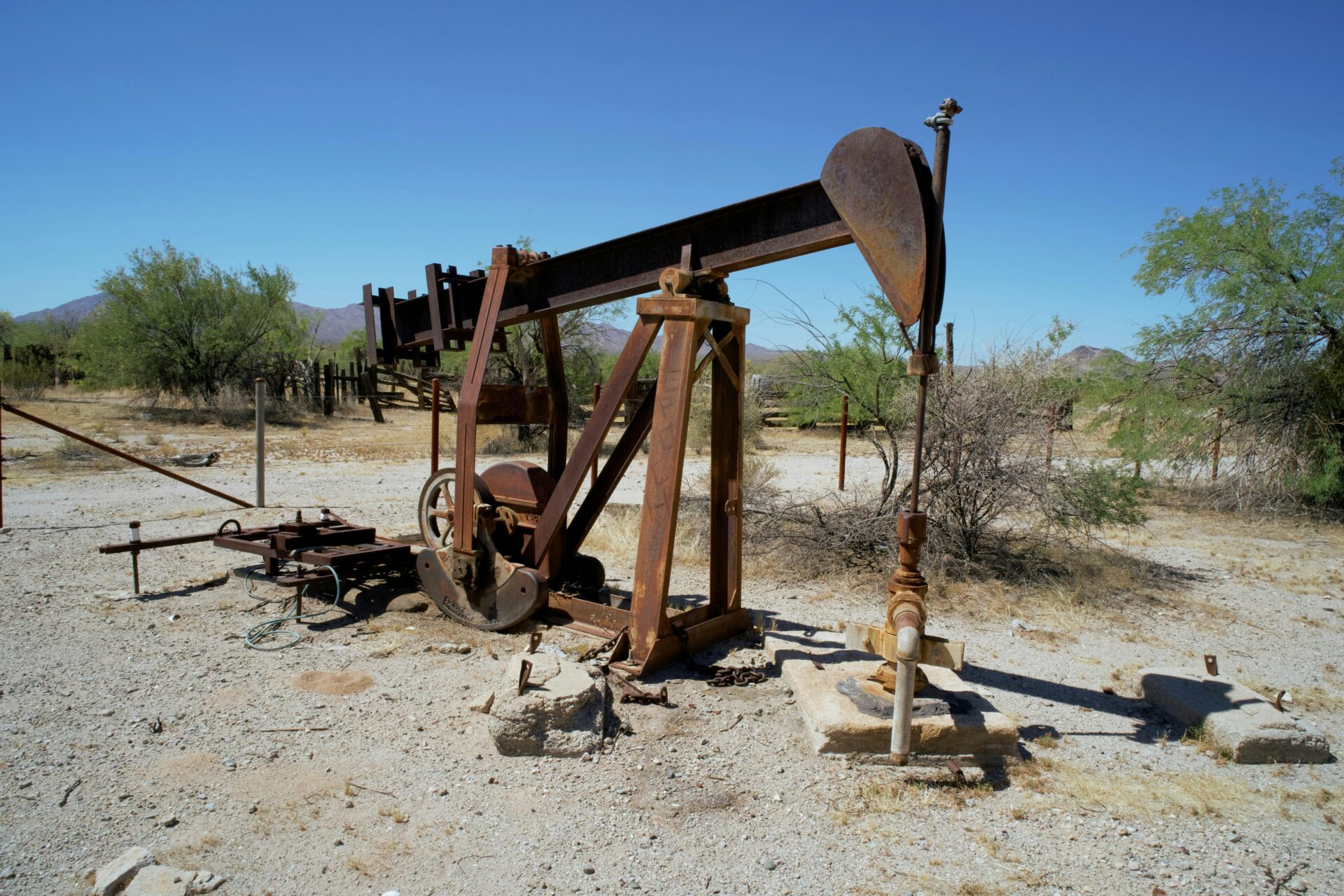What If Decommissioning Could Be Your Most Strategic Investment?
For most operators, decommissioning is the final line item. But what if we’ve been looking at it backwards?
Across oil and gas and mining, decommissioning and rehabilitation are typically treated as liabilities – a cost begrudgingly spent. They’re necessary to meet legal, environmental and reputational standards, but they offer no upside. They often get postponed because the cash flow just isn’t there, or because no one’s quite sure why we need to be spending it now.
But there’s an emerging shift in thinking: the end of an asset’s life might be the most under-leveraged moment for strategic investment. Not because it’s cheaper to walk away, but because we’re finally asking a better question; What can this asset do next
Decommissioning Isn’t a Reverse Engineering Exercise
Unlike construction, there’s no standardised manual for decommissioning. Assets have corroded. Regulations have evolved. Community expectations are higher. In oil and gas, for example, global decommissioning spend is projected to hit USD $100 billion this decade, yet project timelines and costs regularly overrun due to unforeseen complexities and stakeholder scrutiny.
So if we’re already facing high cost, complexity, and risk, why not make it count for more?
When Cost Becomes Catalyst
Around the world, we’re seeing clear signals that repurposing end-of-life assets can reduce costs and unlock new value, especially when ideas cross industry boundaries.
A study in Nature Sustainability explored turning offshore platforms into seaweed farms and aquaculture ventures. These models generated significant revenue while also contributing to carbon sequestration and biodiversity gains. In some cases, the investment needed to repurpose the asset was lower than the cost of full decommissioning – flipping the ROI equation entirely.
Elsewhere, the US Army has explored using oil platforms as mobile rocket launch sites, turning decommissioning costs into national security infrastructure. And in a completely different domain, SeaVentures has converted an offshore rig into a tourism and dive attraction, allowing people to explore the rich marine ecosystems that form around ageing platforms.
In each case, decommissioning wasn’t a sunk cost. It became the seed capital for something new. But critically, the eventual use had little to do with the asset’s original function. That kind of leap, from gas to food, defence, or tourism, doesn’t come from traditional thinking. It comes from applying systems-level creativity and entrepreneurial logic to complex problems.
That’s the seed fund mindset: treating end-of-life spend as the first round of investment in a future opportunity. When this lens is applied through structured entrepreneurial methods, where bold ideas are uncovered, tested and validated, the upside isn’t just environmental. It’s financial, reputational and operational. You don’t just reduce exposure. You generate optionality.
From Exit Strategy to Opportunity Architecture
If the instinct is to view decommissioning as the closing chapter, we miss the chance to ask: what’s next for this place, this infrastructure, this community? And more importantly, what’s next for us as stewards of it?
We’re entering a world where capital markets, regulators and communities are all aligned on long-term impact. That opens the door for more creative thinking. Some assets might host renewables. Others might enable circular economy ventures. Some might simply deliver more value in a phased transition than a full teardown.
The key shift is to stop asking, how do we remove this? and start asking, what could this become?
Decommissioning doesn’t need to be a write-off. It could be your next strategic advantage. It just takes a new lens – and a willingness to invest with intent.
If you’re curious about how to apply this thinking to your own decommissioning pipeline, or wondering where to even begin, get in touch. We’d love to help you explore what your asset could become.
